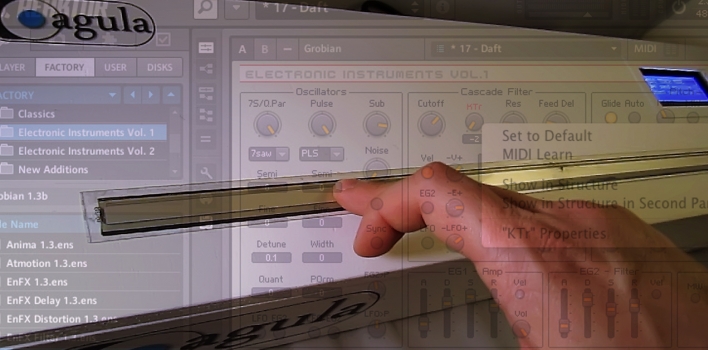
A few months ago I bought a toy robot and I wanted to recycle it in some way. I decided to use it as a “container” for a small project with Arduino. Basically when I change a string in a feed of my Pachube account Arduino with Ethernet Shield detects the change, plays the classic tune of “Close Encounters of the Third Kind,” opens the doors thanks to two servo motors and displays the scrolling message on an 8×8 LED matrix, then closes his flaps and waits for a new change.






